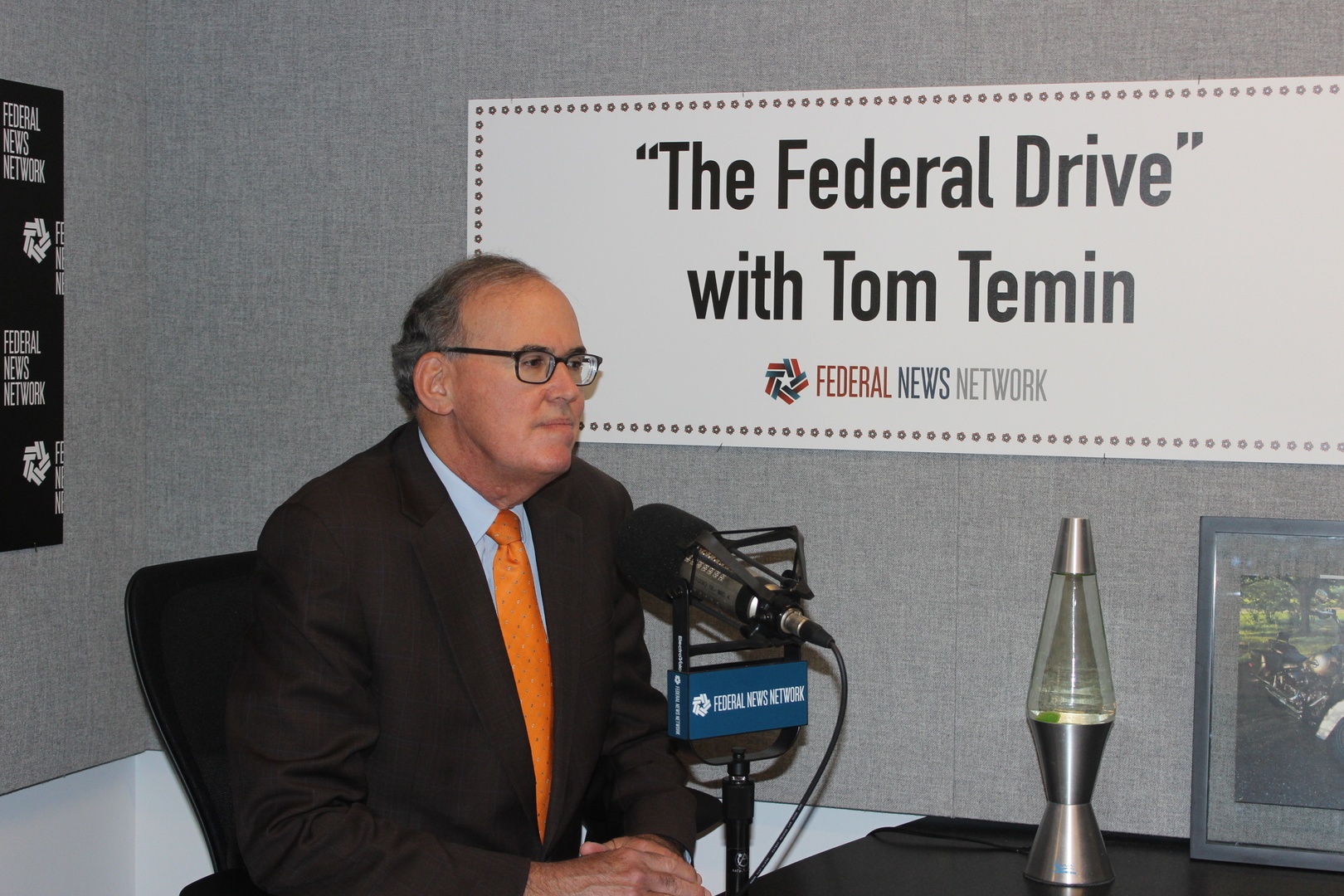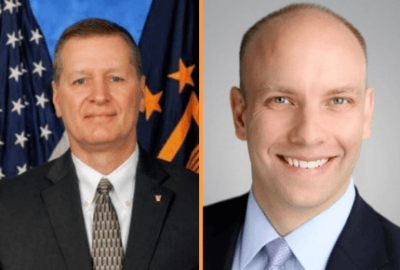
VA IG: Decentralization to blame for housing stipend, IT shortfalls
VA Inspector General Michael Missal said despite enthusiasm for the passage of the Forever GI bill, the agency has yet to meet a single deadline.
Best listening experience is on Chrome, Firefox or Safari. Subscribe to Federal Drive’s daily audio interviews on Apple Podcasts or PodcastOne.

The Department of Veterans Affairs’ effort to implement provisions within the Forever GI Bill are still ongoing, but slow. Signed into law in January, the bill in part removes a 15-year expiration date for veterans to continue their education, and provides housing allowances. VA Inspector General Michael Missal said despite agency enthusiasm, the VA has yet to meet a single deadline.
Missal said his office received a number of requests — about 13 — from Congress in November 2018 to look at the agency’s failure to pay veterans proper housing stipends while implementing the law. The Veterans Benefits Administration in particular failed to meet key requirements of the bill.
“There was a lot of information out there. [Veterans] were getting the wrong stipend in some situations. So that’s why we felt it was important to get to the bottom to find out exactly why they didn’t meet the deadline they had,” Missal said on Federal Drive with Tom Temin. “And to get it right.”
Decentralization a problem
One issue arose when VBA didn’t change the base for calculating stipends, an issue statement from the IG said. The agency was supposed to modify their systems to calculate stipends based on where a veteran is studying, not where the main campus is located. In other words, sometimes veterans studied at potentially more expensive satellite campuses.
VA initially hired Booz Allen Hamilton to do the programming and fix the housing allowance issue — but the communication between the contractor and VA wasn’t great.
“What we found was that there were basically several different work streams going on in parallel and they weren’t coordinating it,” he said. “When they finally put it all together, they realized it just wasn’t going to work. So they had to essentially go back to the drawing board and start all over again.”
The agency’s lack of an accountable official to oversee most of the project was partially to blame. In May 2018, toward the end of the project, Paul Lawrence was hired as VA undersecretary for benefits who took over the project and hired a consultant to keep an eye on it. Missal said the team is still working to mitigate issues related to stipends and other mandates.
It modernization, data center consolidation
When the deadline came and gone, the IG said a lot of finger pointing happened. Booz Allen representatives said they didn’t get the accurate information they needed to complete the project. VBA staff said they gave the information on time and the contractor just failed to do its job. Either way, Missal said the agency is going to have to make it up to the veterans.
“At some point there’s going to have to be a true up. Those veterans who didn’t get what they deserve need to get the funds paid to them,” he said. “I don’t believe I’ve seen any estimate of what they believe the shortfall is … It would be hard to speculate at this time, but it’s going to be a significant amount of money.”
He said VA has a decentralized system, and as a result it’s hard to see where the shortfalls are or how much they will cost.
Another area where much of the federal government struggles is with legacy IT systems, and VA is no different. Missal said the VA likely has hundreds of systems that could use an upgrade, as the IG office has found weaknesses in the agency’s IT security for years.
Related Stories

VA hopes modernization of legacy systems means more security in future

VA’s legacy IT spend is going up, even as growing list of new projects call for tech upgrades
“When you have people in an acting position, that doesn’t promote really strong management. These are well intentioned people, but they don’t have the authority. And they don’t know how long they’re going to be in the job,” Missal said. “So you have frozen decision-making and you just don’t have a vision of where you want to be. You’re basically a caretaker and given the challenges VA has, having a caretaker in that position is very difficult.”
James Gfrerer was confirmed by the Senate in January 2019 to become the permanent VA CIO. Missal said that while he is new on the job, Gfrerer is doing his best to address IG recommendations to improve the process.
Still, one of the biggest issues the VA struggles with across the board is the consolidation of its data centers. Missal said the agency has well over 1,000 different data centers across the country. A data center is loosely defined as any room with a server that provides a service.
The agency is so decentralized the leadership was unaware of more than 800 data centers, according to the issue statement. And despite consolidation goals set by the Office of Management and Budget, VA decided to set and follow its own.
“VA came up with lower targets to shoot for. So we identified that they didn’t meet the OMB guidelines,” he said. “It didn’t appear to be that they met [their own] either. This is an area VA needs to do a lot of work.”
Part of the hesitance to upgrade or consolidate systems may be due to the new $16 billion electronic health record management system project. Missal said they will need to make sure new infrastructure and software is reliable and fully built before moving records from the current data centers.
Missal said the VA staff has been cooperative — but its going to be a process.
“It’s so complicated, so large, that you really need everything to be aligned and everything to work perfectly. If there’s disruption, or interruption in it, whether it’s by an individual, whether it’s by a system, whether it’s by a process … that could have huge collateral consequences,” he said. “That’s why we’re really focused on making sure the system is as well-functioning and smooth as possible.”
Copyright © 2025 Federal News Network. All rights reserved. This website is not intended for users located within the European Economic Area.
Steff Thomas is a digital editor at Federal News Network.



